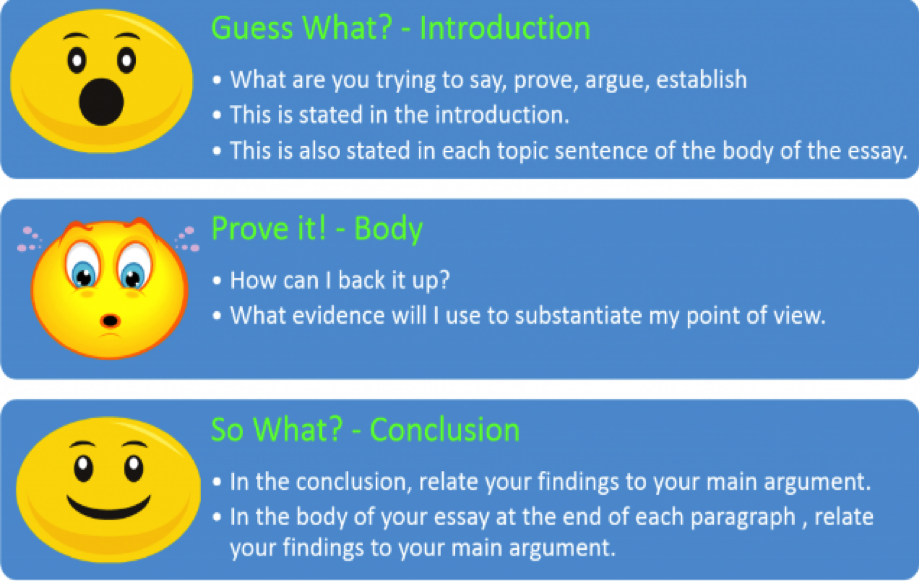How to Write an Essay – Creating an Outline
When learning how to write an essay, it’s important to prepare the material you’ll need for the assignment. Once you’ve gathered all the materials you’ll need, it’s time to choose a topic. It’s best to choose a topic you’re familiar with, as this will make the writing process easier. Also, it’s important to clearly define what you’re trying to accomplish by writing, whether it’s to express an opinion or tell a story. Define your purpose before you begin writing, so that your audience knows what you’re trying to say and you don’t waste their time.
Creating a roadmap
Creating a roadmap when writing an essay is important. It will direct you through the essay writing process from the introduction to the conclusion. An outline is the process of arranging your ideas into a neat roadmap that you can refer to as you write. Outlines are often required by professors because they want to make sure that you are on track and understand the assignment. Here are some tips to help you create an outline for your essay:
Creating a thesis statement
There are many different ways to write a thesis statement. One common way is to make your topic controversial. For example, if you write about the role of consanguineal marriage in Iranian society, then you’re going to draw attention to a subject that is controversial and often contested. For example, some argue that consanguineal marriages threaten the nuclear family structure, while others say they strengthen extended family ties. Whatever your topic, make sure that your thesis statement is compelling and expresses one central idea.
Outlining your essay
Before starting to write your essay, it’s a good idea to make an outline first. Outlining your essay will help you stay organized and focus on key topics. Your outline should be formatted with the type of essay you’re writing so that you can fill it with content as you begin writing your first draft. Your introduction should state what your essay is about and the thesis, which is a strong statement that summarizes the main idea of your essay.
Creating a conclusion
Creating a conclusion when writing an essay is similar to constructing an introduction. Both aim to restate the contents of the essay. A conclusion is not a chance to introduce new ideas or arguments, but rather to draw a close on the entire paper. Here, the goal is to close on a strong note, not to belabor the obvious or cheapen the argument. Below are some tips for writing a good conclusion.
Creating a hook
The first sentence in your paper should not be your hook. The hook for your essay should come to you during the creative process. When you are writing, the hook will likely come to you and fit in with the rest of the paper. Check your hook before you begin writing your essay to see if it is appropriate. Here are some examples of essays that use a hook:
Avoiding adverbs
Using adverbs is one of the keys to making your writing clear and concise, but they shouldn’t be used indiscriminately. They can add clunk and clarity, and they also help you show the nuances of a character or an event. This article will offer tips for avoiding adverbs in your writing, but it won’t provide any rules to follow. Fiction writers who take a formulaic approach to writing will have their work ruined.
Creating a strong introduction
When writing an essay, you should create a strong introduction to the paper. Your introduction can begin with a question, general point, or fact that relates to your main story. Next, you should give background information that sets the stage for the rest of your paper. Finally, include a thesis statement or a short summary of how your experiences impacted your writing. You can include more details later in the body.



